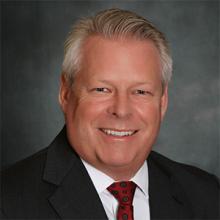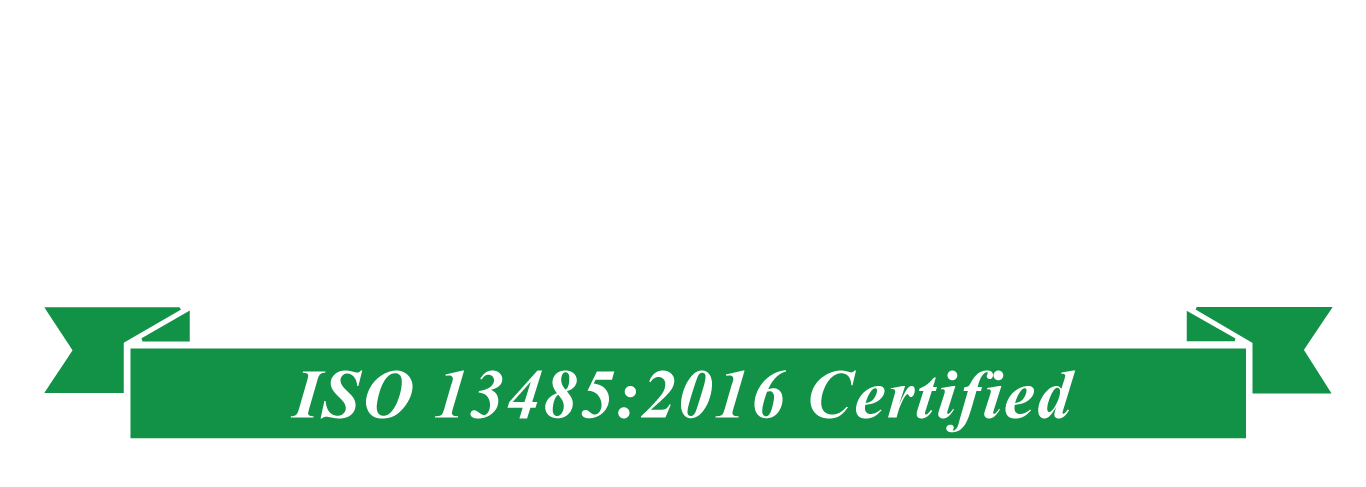Paul Monahan’s Statement on New Hampshire House Bill 1733
 Read the statement Paul Monahan, Director of Clinical Engineering at ISS Solutions, gave in support of New Hampshire HB1733, during a meeting of the New Hampshire House Commerce Committee.
Read the statement Paul Monahan, Director of Clinical Engineering at ISS Solutions, gave in support of New Hampshire HB1733, during a meeting of the New Hampshire House Commerce Committee.
Mr. Chair and Committee Members,
My name is Paul Monahan.
I’m the Director of Clinical Engineering for ISS Solutions of Langhorne, PA. ISS Solutions provides healthcare technology management (HTM) services to hundreds of hospital and healthcare providers in 43 states, including NH.
I have worked for both large and small independent service providers (ISOs) and have been in the profession since 1976.
Clinical engineers, as defined by the American College of Clinical Engineering, “are professionals who support and advance patient care by applying engineering and managerial skills to healthcare technology.”
Clinical engineers and healthcare technology managers ensure clinicians have the right technology, available in the right environment at the right time, to deliver effective healthcare. We work with healthcare providers in the selection, deployment and support of healthcare technology.
I am here today to speak in support of proposed House Bill 1733, an act relative to the digital right to repair.
I am supportive of any initiative, whether it results in best practices, voluntary standards or regulations, that produce a demonstrable improvement in patient safety and quality of care.
Standards Compliance
I believe that the proposed legislation directly supports, and is critical for, healthcare providers and manufacturers to demonstrate compliance with the requirements of the Food and Drug Administration (FDA), the Centers for Medicare and Medicaid Services (CMS), the National Fire Protection Association (NFPA) and the Joint Commission (TJC).
This includes the following standards, codes and regulations:
•ANSI/AAMI EQ56:2013 Recommended Practice for Medical Equipment Management Program
•NFPA 99 (2012) Health Care Facilities Code
•AAMI/ANSI ES60601-1:2005 (R)2012 Medical Electrical Equipment – Part 1: General requirements for basic safety and essential performance
•The Joint Commission Hospital Accreditation Manual (2018)
Cost & Convenience
With the introduction of a rapidly growing number of microprocessor-based medical devices, some manufacturers have been denying access to critical service information, service parts and tools to medical equipment owners and third-party servicers. This has the effect of locking-out manufacturers’ service competition and leaving medical equipment owners with no choice but to accept a higher cost, and often less convenient service, offered by the manufacturer.
History has shown that annual service costs by manufacturers typically represent 10-12 percent of the acquisition cost of the medical equipment. These service costs include approximately 40 percent of profit for manufacturer service contracts and significantly more for demand service.
When healthcare technology managers and clinical engineers have service options and have the ability to select between manufacturer, third-party and in-house servicers, they have generally been able to maintain their overall average annual service costs at between 4 and 6 percent of medical equipment acquisition cost.
Systems Issues
Medical devices become increasingly connected, with other medical devices, with IT systems and with health records, into systems often representing products from many manufacturers. It is important that healthcare technology managers and clinical engineers have the ability to call upon in-house and third-party service resources who have the necessary service guides, parts and resources from all relevant manufacturers to resolve any “system-related” problems that may occur. It would be considerably more difficult to identify and resolve system-related problems, including security issues, if one had to rely on support from multiple manufacturers who might be inclined to finger-point at another as the source of the problem.
Safety
Scientific evidence suggests that those who claim that offering service materials (e.g., manuals, instructions, software, access codes, parts, etc.) could compromise patient safety are wrong. A recent study done by the highly respected ECRI Institute of 2.1 million device failure reports made to the FDA over the past 10 years found only 0.005% of failures could be attributed to service or maintenance issues. ECRI Institute concluded that there was “no evidence to date that a patient safety problem exists with ‘Servicing of Medical Devices Performed by Third-Party Entities and the Original Equipment Manufacturers.’”
Conclusion
As a healthcare technology management professional, I believe that requiring medical device manufacturers to make service instructions, parts, software and other service tools available to medical device owners and third-party servicers is critical to the industry’s ability to ensure medical devices are to be maintained in a safe, cost-effective, competent and timely manner.
Thank you for the opportunity to express my position on House Bill 1733. I will make myself available to you to answer any questions you may have on the important topic of the safe and effective use and support of clinical technologies.
Want to learn more? Check out this article in the New Hampshire Business Review about the meeting Paul attended.
Service you can count on. Experience you can depend on. Expertise you can trust.

